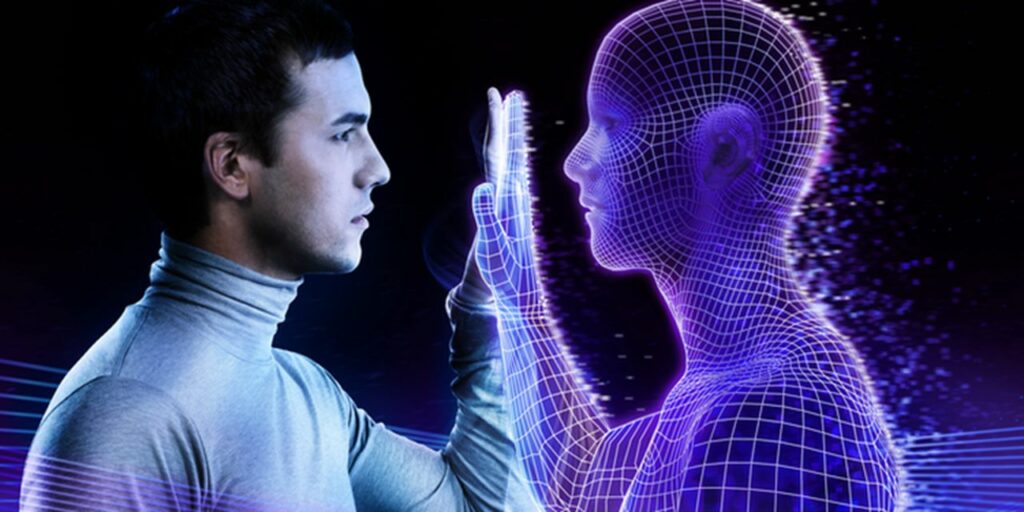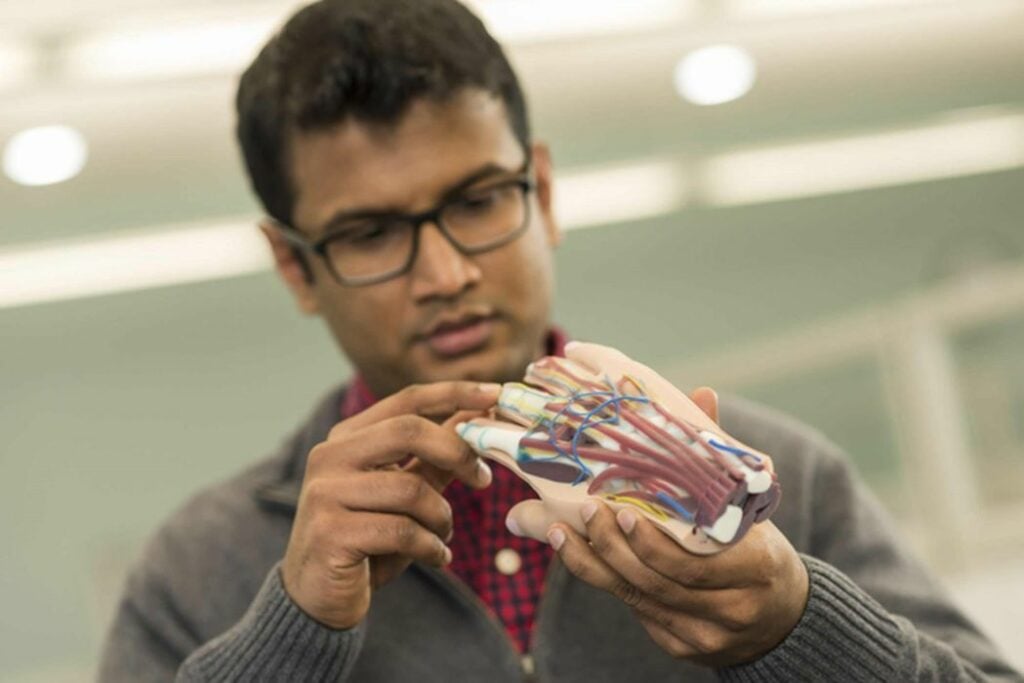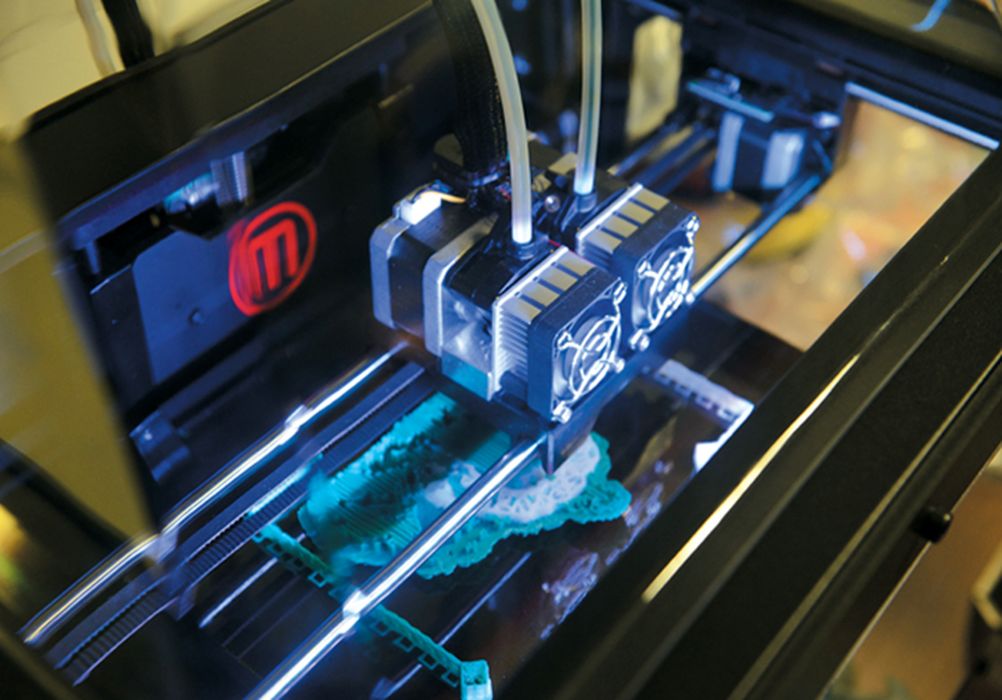
Charles R. Goulding and Preeti Sulibhavi look at digital twinning and 3D printing.
Fast Company put together a fascinating virtual panel on the use of technology in the clinical trial space. Panelists included Venkat Sethuraman, Senior VP of Global Biometrics & Data Science at Bristol Meyers Squibb, Michelle Longmire, CEO of Medable, and Jeff Elton, CEO of Concert AI.
The clinical trial process is the slowest part of the drug approval process. There are often more clinical trial needs than there are human subjects. The goal is to identify patients where the outcomes will provide relevant results. There is a need to improve access and expand the diversity of subjects.
Ideally, the clinical trials should reflect the general population. Michelle Longmire provided a clear example. She said using a population from her Stanford, California location is much less relevant than obtaining data from the CVS pharmacy community. Longmire addressed the accessibility issue by saying, “when we look at the accessibility of, say, Stanford versus a CVS…compare the difference [in access] for communities across the US”.
Coincidently, soon after this virtual panel, CVS announced the US$8B acquisition of Signify Health, Inc, the largest home healthcare company. The acquisition will add 10,000 contracted doctors and clinicians to CVS, which is already the nation’s largest healthcare company.
Digital clinical trials are a new technology area that substitutes datasets for human trial subjects. During the panel, Elton stated that “identifying patients for these trials often is more complex than it sounds.”
Concert AI has data science and precision medicine engagements with leading pharmaceuticals including Janssen, Pfizer, and Bristol-Meyers Squibb.
AI can be used to data mine the population to create a digital model (with known symptoms, patterns, and treatment outcomes) and create digital cohorts. Historical data can be used to create a digital patient profile.
The ultimate result is a “digital twin” that can facilitate the promise of personalized medicine. The digital twin can aid in prevention, treatment, and cure. But, as Sethuraman explained, “digital twins are only as good as the diversity of the data that we have.”
Digital twins are increasingly common in the manufacturing sector but are just beginning to be utilized in the healthcare industry.
When a 3D printing offering is an appropriate solution for prevention, treatment, and cure it also can be seamlessly digitally designed.

We have covered telemedicine and biotechnology in previous Fabbaloo articles. Such technology can greatly impact the way in which clinical trials are conducted to include more remote populations in the studies. By creating digital offices, more patients can be included in these studies that would otherwise have to repeatedly travel great distances to participate.
We have also covered how 3D printing can improve the quality of certain medical devices. The field is ever-growing and the landscape is rapidly changing with Stryker acquiring Wright Medical and Zimmer Biomet acquiring A&E Medical in recent years. 3D printing is playing a pivotal role in the industry’s expansion.

Regulators are reviewing the efficacy of digital twins for modeling personalized devices. Digital twins are also being used for disease modeling including, Alzheimer’s and Multiple Sclerosis, to analyze treatment options and accelerate clinical trial timelines.
The Research & Development Tax Credit
The now permanent Research and Development (R&D) Tax Credit is available for companies developing new or improved products, processes and/or software.
3D printing can help boost a company’s R&D Tax Credits. Wages for technical employees creating, testing and revising 3D printed prototypes can be included as a percentage of eligible time spent for the R&D Tax Credit. Similarly, when used as a method of improving a process, time spent integrating 3D printing hardware and software counts as an eligible activity. Lastly, when used for modeling and preproduction, the costs of filaments consumed during the development process may also be recovered.
Whether it is used for creating and testing prototypes or for final production, 3D printing is a great indicator that R&D Credit eligible activities are taking place. Companies implementing this technology at any point should consider taking advantage of R&D Tax Credits.
Conclusion
Human digital twinning is a new technology that will improve with greater data sets and the use of AI. The increasing number of 3D printed medical offerings should be integrated into this revolutionary process.

